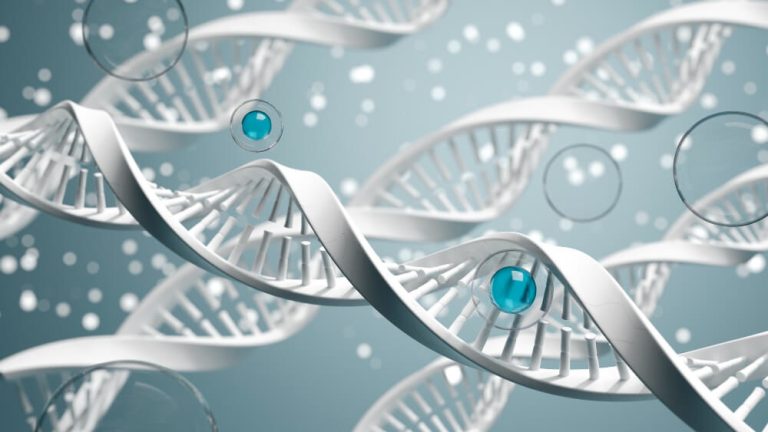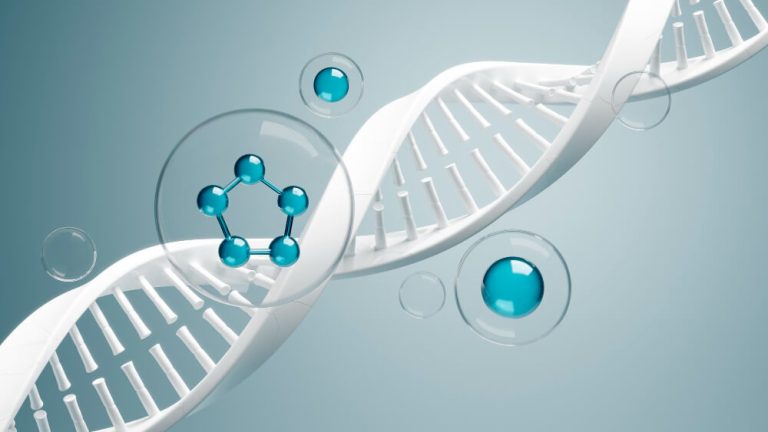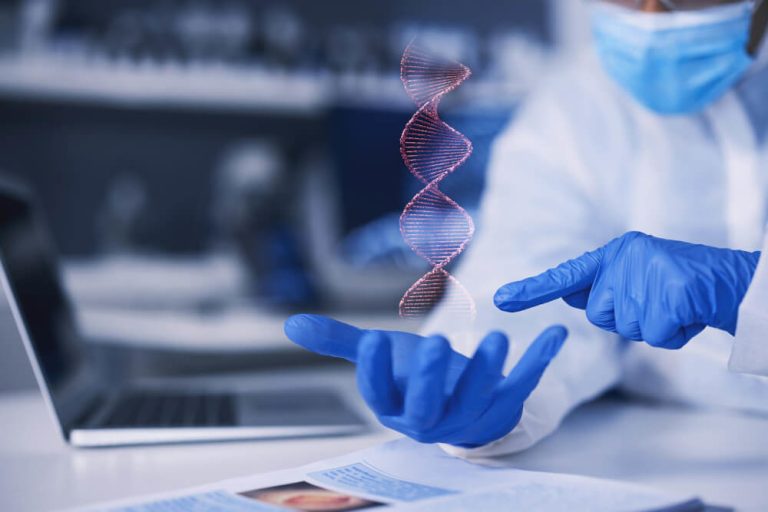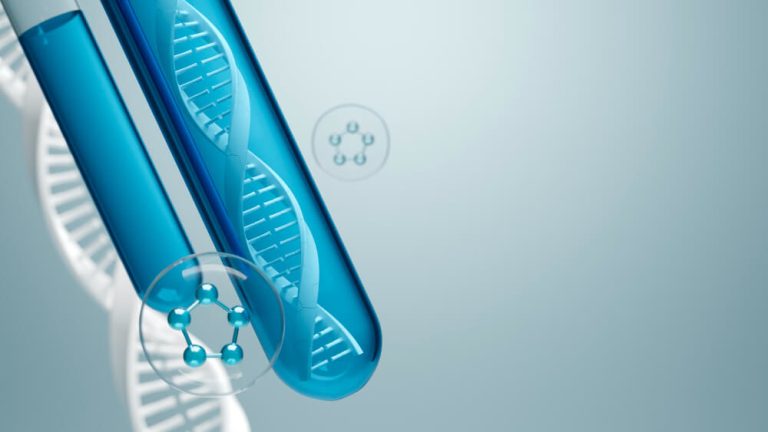Unlocking the Future of Medicine: A Deep Dive into Exosome Training
The world of regenerative medicine is buzzing with a term that sounds like it came straight from a science fiction novel: exosomes. These microscopic powerhouses are at the forefront of a paradigm shift in how we approach healing, aging, and disease. They represent a move away from simply managing symptoms and toward instructing the body’s own systems to repair and rejuvenate themselves. For clinicians and healthcare professionals, this isn’t just a new tool; it’s a whole new language of cellular communication.
As the potential of exosome therapy becomes more widely recognized, the demand for qualified practitioners is skyrocketing. However, wielding this powerful technology requires more than just a basic understanding. It demands a deep, nuanced knowledge of the science, safety protocols, and application techniques. This is where specialized education becomes paramount, as a comprehensive exosome training program is the bridge between theoretical possibility and real-world clinical success.
This article will serve as your guide to the fascinating universe of exosomes. We will explore what they are, how they work, and the incredible applications being discovered in aesthetics, orthopedics, and beyond. Most importantly, we will illuminate why rigorous training is not just beneficial but absolutely essential for any practitioner looking to incorporate this revolutionary therapy into their practice safely and effectively.
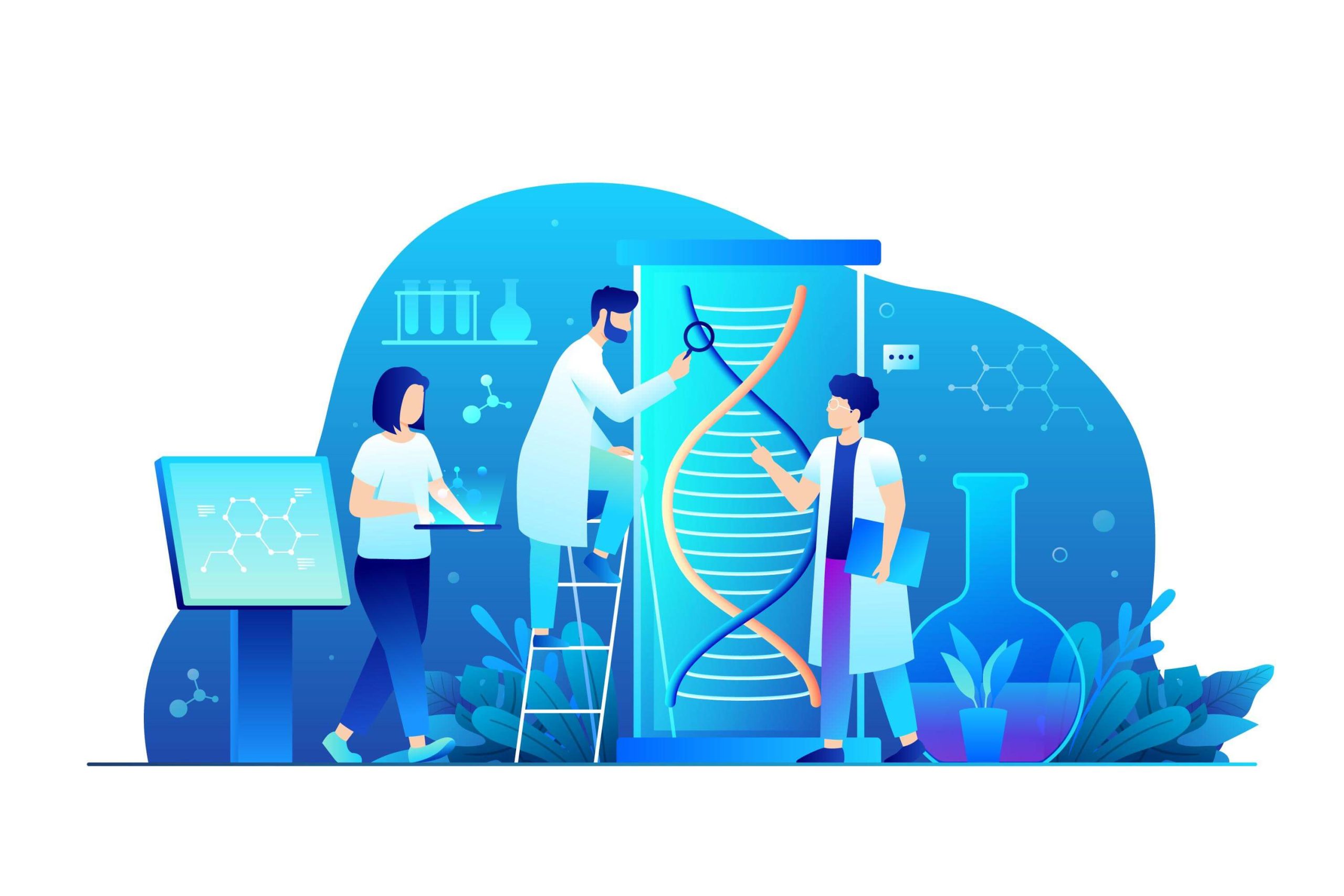
What Exactly Are Exosomes?
To understand exosomes, it helps to think of your body as a massive, bustling city with trillions of residents, the cells. For this city to function, its residents need to communicate constantly. Exosomes are the high-speed, encrypted messenger service that makes this communication possible. They are not cells themselves but are incredibly small packages, or vesicles, released by cells.
Imagine a cell wanting to send instructions to a neighbor. It packages specific information, like proteins, lipids, and genetic material like messenger RNA (mRNA) and microRNA (miRNA), into a tiny bubble-like container. This container, the exosome, is then released and travels to a recipient cell. Once it arrives, it fuses with the target cell and delivers its cargo, effectively telling that cell what to do.
This cargo can carry a wide range of messages. It might tell a damaged cell to begin the repair process, instruct an immune cell to calm down and reduce inflammation, or signal a skin cell to produce more collagen. They are the body’s natural agents of change, facilitating everything from normal tissue maintenance to critical responses to injury and disease.
Unlike stem cells, which are whole cells that can differentiate into other cell types, exosomes are acellular. They contain no nucleus and cannot replicate on their own. They are purely messengers, carrying the beneficial signaling molecules from a source cell, such as a mesenchymal stem cell (MSC), without carrying the risks associated with transplanting whole, living cells.

Why Is There So Much Buzz Around Exosomes in Medicine?
The excitement surrounding exosomes stems from their incredible versatility and therapeutic potential. Scientists and clinicians are realizing that by harnessing these natural messengers, they can influence cellular behavior in highly specific and beneficial ways. The buzz is rooted in several key areas of promise.
First is their role in regeneration and repair. The signaling molecules within exosomes can kickstart the body’s own healing mechanisms. When applied to an area of injury or degeneration, they can reduce inflammation, prevent further cell death, and encourage local cells to rebuild damaged tissue. This has profound implications for everything from sports injuries to chronic conditions.
Second, exosomes are revolutionizing the field of aesthetics. As we age, the communication between our skin cells slows down, leading to decreased production of collagen and elastin. Exosomes derived from young, vibrant stem cells can reawaken these sluggish cells, signaling them to behave more youthfully. The result can be improved skin texture, reduced fine lines, and a more radiant complexion.
Third, they hold immense promise as diagnostic tools. Cells, including cancerous ones, release exosomes into the bloodstream and other bodily fluids. By analyzing the specific contents of these exosomes, doctors may one day be able to detect diseases like cancer at a very early stage, long before symptoms appear. This ‘liquid biopsy’ concept could be a game-changer for early detection and treatment.
Finally, their structure makes them ideal candidates for targeted drug delivery. Scientists are exploring ways to engineer exosomes to carry specific therapeutic drugs directly to diseased cells, like cancer cells or inflamed tissues. This would be like a ‘smart bomb’ for medicine, delivering a potent treatment to the exact location needed while minimizing side effects in healthy parts of thebody.
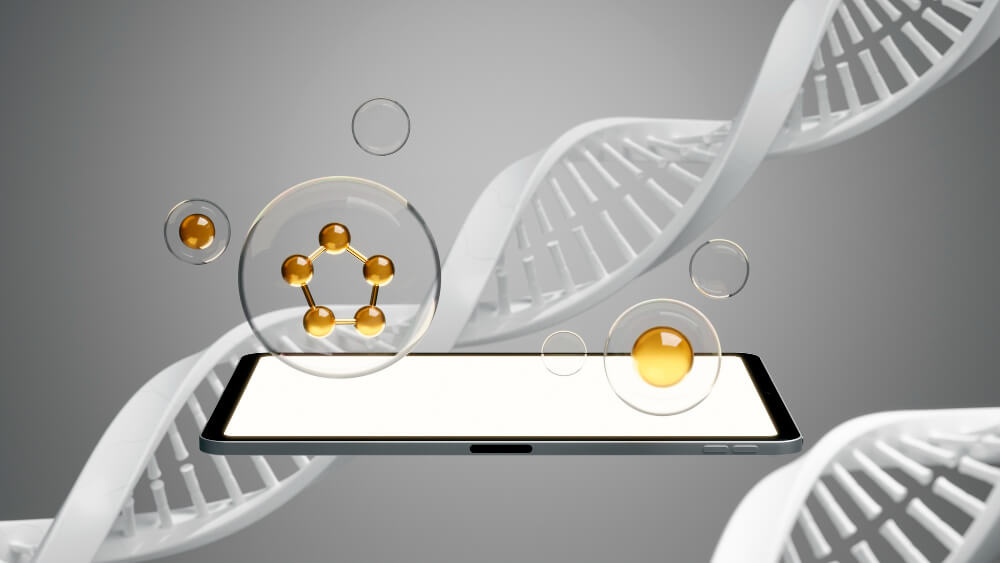
How Do Exosomes Work in a Clinical Setting?
Bringing the power of exosomes from the laboratory to the clinic is a sophisticated process that requires precision and expertise. The journey begins with sourcing. For therapeutic use, exosomes are typically derived from carefully screened and cultured cells, most often mesenchymal stem cells. These MSCs can be sourced from tissues like bone marrow, adipose (fat) tissue, or donated umbilical cord tissue.
The chosen cells are grown in a controlled lab environment where they naturally secrete exosomes into the surrounding culture medium. The next critical step is isolation and purification. The culture medium is collected, and through a series of advanced techniques like ultracentrifugation or size-exclusion chromatography, the tiny exosomes are separated from cells, cellular debris, and other unwanted components. Quality control is essential here to ensure the final product is pure, concentrated, and potent.
Understanding the fundamental biology is key for any practitioner, which is why a deep dive into the science of extracellular vesicles is a cornerstone of proper training. This knowledge separates a technician from a true expert. The purified exosome product is then prepared for clinical use, often as a lyophilized (freeze-dried) powder that is reconstituted before application.
Administration depends on the therapeutic goal. For skin rejuvenation, exosomes might be applied topically after a procedure like microneedling, which creates micro-channels for deeper penetration. For joint pain, they may be injected directly into the affected area. For hair restoration, they can be injected into the scalp. A crucial part of any clinical protocol is understanding the various lab-based methods for studying exosomes to verify the quality and concentration of the product being used.
Once administered, the exosomes get to work. They don’t form new tissue themselves. Instead, they find their target cells and deliver their instructional cargo. This intercellular communication prompts the patient’s own cells to reduce inflammation, ramp up collagen production, improve blood flow, and initiate repair processes. It’s a way of directing the body’s innate healing intelligence with a highly targeted signal.

What Are the Key Applications of Exosome Therapy?
The applications for exosome therapy are expanding rapidly as more research is conducted. While many uses are still being explored, several key areas have emerged where exosomes are already making a significant impact in clinical practice, particularly in the fields of aesthetics and orthopedics.
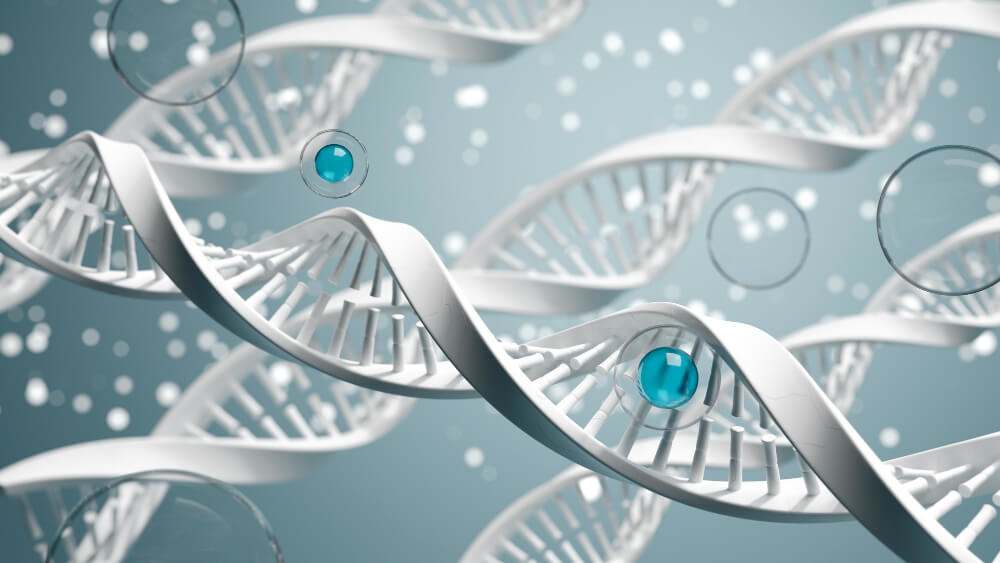
Can Exosomes Rejuvenate the Skin?
Yes, aesthetic medicine is one of the most exciting and well-developed areas for exosome application. The goal is to combat the visible signs of aging, such as wrinkles, laxity, and poor skin texture. Exosomes work by providing the signals that older skin cells are missing. They can stimulate fibroblasts to produce new collagen and elastin, the proteins that give skin its youthful firmness and bounce.
Furthermore, they can improve hydration, reduce pigmentation, and calm inflammation that contributes to conditions like rosacea and acne. The results are not just superficial; they represent a genuine improvement in skin health at a cellular level. To maximize their effect, practitioners are increasingly combining exosome therapy with microneedling or laser treatments. These procedures create microscopic pathways into the dermis, allowing the exosomes to reach the target cells more effectively and amplify the regenerative results.

Can Exosomes Help with Hair Loss?
Hair loss, or alopecia, is another area showing great promise. For many types of hair loss, the problem lies with dormant or shrinking hair follicles. Exosomes applied to the scalp can help awaken these follicles. Their signaling cargo can encourage the transition of follicles from a resting phase (telogen) to a growth phase (anagen), improve blood circulation to the scalp, and reduce inflammation that may be contributing to the hair loss. This can lead to thicker, fuller hair and a reduction in shedding for suitable candidates.
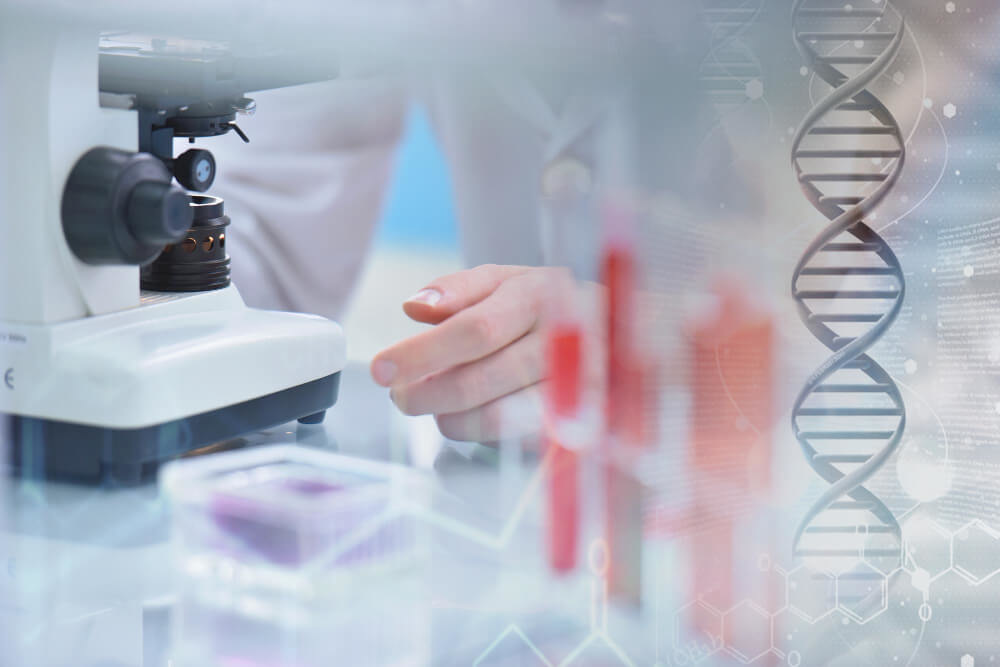
What About Joint Pain and Injuries?
In orthopedics, exosomes are used to address pain and dysfunction in joints like the knees, shoulders, and hips. For conditions such as osteoarthritis, the primary issue is chronic inflammation and the gradual breakdown of cartilage. Exosomes possess powerful anti-inflammatory properties that can help break this cycle of degeneration. They signal the local environment to calm down, reducing pain and swelling. Additionally, they can provide signals that encourage chondrocytes, the cartilage cells, to repair and maintain the cartilage matrix, potentially slowing the progression of arthritis and improving function.
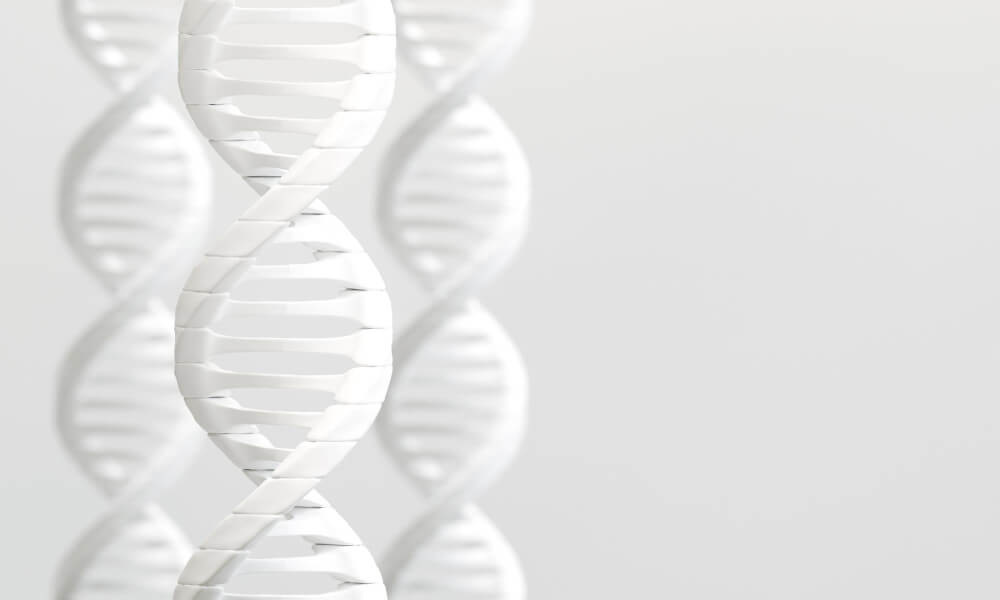
Are There Other Emerging Uses?
The potential for exosome therapy extends far beyond skin and joints. Research is actively exploring their use in a vast range of medical fields. In neurology, studies are investigating if exosomes can cross the blood-brain barrier to deliver therapeutic agents for conditions like Parkinson’s or Alzheimer’s disease. In cardiology, they are being studied for their ability to repair heart tissue after a heart attack. The therapeutic potential of MSC-derived exosomes is a subject of intense scientific inquiry, with new possibilities emerging constantly. From wound healing to immune modulation, the future of exosome application is incredibly bright.

Why is Specialized Exosome Training So Important?
Given the immense potential of this therapy, one might wonder why it isn’t available everywhere. The answer lies in its complexity and the critical need for specialized knowledge. Administering exosomes is not like giving a vitamin shot; it is a sophisticated medical procedure that demands a deep understanding of cell biology, safety protocols, and the regulatory landscape.
First, safety and regulation are paramount. The regulatory status of exosome products can be complex and varies by region. A trained practitioner must understand the legal and ethical guidelines governing their use to ensure patient safety and practice compliance. This includes knowing the difference between approved drugs and therapies that are still considered investigational. The large number of ongoing clinical trials highlights the evolving nature of this field, and practitioners must stay informed.
Second, product sourcing and quality are not standardized. The market is flooded with products claiming to be ‘exosomes’, but their quality, purity, and concentration can vary dramatically. Without proper training, a clinician cannot effectively vet a supplier or analyze a product’s certificate of analysis. A high-quality training program teaches practitioners what to look for: how the exosomes were sourced, the methods of isolation and purification, and the concentration of vesicles per milliliter. Using a subpar product is not only ineffective but can also be unsafe.
Third, patient selection and protocol design are crucial for success. Not every patient is a suitable candidate for exosome therapy. A trained professional knows how to assess a patient’s condition, manage their expectations, and determine if exosomes are the right choice. They also understand the nuances of dosage and application techniques. The protocol for treating an arthritic knee is very different from the protocol for facial rejuvenation. This expertise is developed only through dedicated education and a commitment to following the latest peer-reviewed research.
Finally, the science itself is constantly evolving. New discoveries about exosome function and applications are published regularly. A practitioner who received a weekend crash course years ago will be dangerously out of date. Proper exosome training is not a one-time event but a commitment to continuous learning to provide the safest and most effective treatments for patients.

What Should You Look for in an Exosome Training Program?
Choosing the right exosome training program is a critical decision for any healthcare professional looking to enter this field. A quality program provides a robust foundation that goes far beyond a simple ‘how-to’ guide. It should empower the clinician with the confidence and competence to integrate this therapy successfully into their practice.
An essential feature is a comprehensive, science-based curriculum. The program should begin with the fundamentals of extracellular vesicle biology, covering how exosomes are created, what they contain, and their mechanisms of action. It should then build upon this foundation with detailed modules on clinical applications, covering everything from aesthetics and hair restoration to orthopedics and pain management.
Look for a program taught by experienced clinicians and researchers who are actively working in the field. Their real-world insights and case studies are invaluable. The training should also include in-depth discussions on safety, sourcing, and regulatory compliance, equipping you with the knowledge to navigate the complexities of the market and practice responsibly.
Furthermore, a top-tier program will not treat exosomes in a vacuum. It will teach how to integrate them with other modalities to achieve synergistic effects. Understanding the synergy between other advanced therapies and regenerative treatments is what defines a next-level practitioner. The curriculum should cover combination protocols, patient selection, and how to manage patient expectations for optimal outcomes.
Ultimately, the goal of exosome training is to create masters of the craft. It is about fostering a deep understanding that allows for critical thinking and sound clinical judgment. Exosomes are not just a product; they are a key to unlocking the future of personalized, regenerative medicine. For those ready to lead the charge, investing in elite education is the first and most important step.
Frequently Asked Questions

How soon can I expect to see results from an exosome P-Shot or O-Shot, and how long do they typically last?
While some individuals report initial improvements within a few weeks, the full regenerative effects of exosome therapy build over time. The exosomes work by signaling your own cells to repair and rejuvenate tissue, a process that requires several weeks to months to become fully apparent. Most patients notice the most significant and optimal results approximately three months after their procedure.
The longevity of the results can vary based on individual factors like age, overall health, and lifestyle, but they are notably long-lasting. Many patients enjoy the benefits of a single treatment for a year or even longer. To maintain the effects, your provider may recommend a follow-up or maintenance treatment plan tailored to your specific response and goals.

Why are exosomes sometimes used instead of or in addition to traditional PRP for these treatments?
Exosomes are considered a more advanced form of regenerative therapy compared to traditional Platelet-Rich Plasma (PRP). While PRP utilizes the growth factors found in your own blood, the quality and concentration of these factors can vary greatly depending on your age and health. Exosomes, however, are potent, acellular vesicles that contain a concentrated dose of growth factors, proteins, and RNA, often sourced from pure, youthful stem cells.
Using exosomes provides a more direct and powerful signal for cellular regeneration, independent of the patient’s own platelet quality. This can lead to a more robust and predictable response, potentially enhancing tissue repair, improving nerve sensitivity, and increasing blood flow more effectively than PRP alone. Essentially, adding exosomes can supercharge the treatment for potentially superior and more consistent outcomes.

Is there any downtime or recovery period after receiving an exosome-enhanced P-Shot or O-Shot?
These procedures are minimally invasive and are performed in-office with little to no required downtime. Patients are typically able to return to their normal daily activities, including work, immediately after the appointment. The treatment involves a simple injection process that is made comfortable with the use of a topical numbing cream.
While there is no significant recovery period, some minor, temporary side effects at the injection site are possible, such as mild swelling, bruising, or sensitivity. These effects usually resolve on their own within a few days. It is generally recommended to abstain from sexual intercourse for a short period, typically 24 to 48 hours, to allow the treated area to begin the healing process optimally.
Discover the most comprehensive functional medicine training, longevity training, and biohacking certification programs designed specifically for healthcare professionals, medics, and clinic owners who want to master regenerative medicine protocols and anti-aging therapies.


